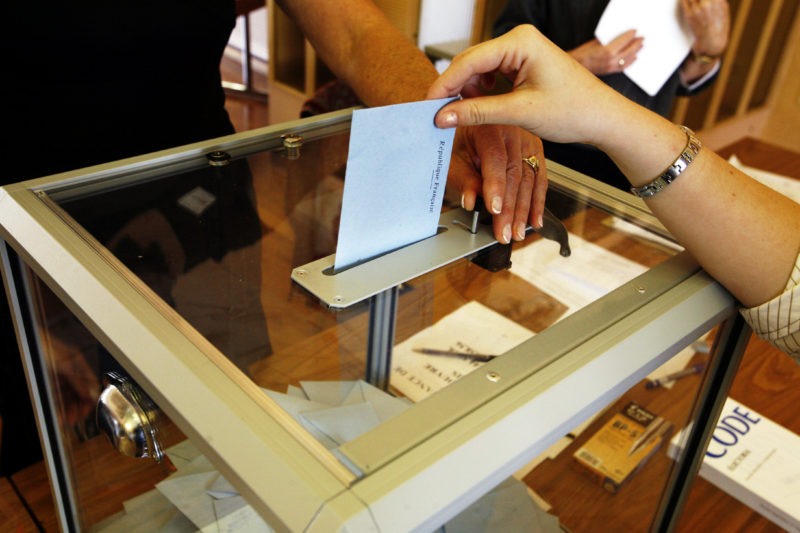This paper is a detailed proposal for the reform of Israel’s electoral system.
The changes proposed here are the result of years of research, data analysis and comparative studies. We believe that the reforms outlined in this paper would be beneficial, that they would have a realistic chance of being implemented, and that they would strike a delicate balance between conflicting agendas. The proposed reform is aimed at achieving the following overall goals:- To make Members of Knesset (MKs) more accountable and answerable to their voters;
- To improve government stability.
- Enabling voters to select candidates on the lists submitted by parties for Knesset elections.
- Establishing a mechanism for the formation of multi-party alliances (hereafter: “multi-party alliance/s” or “alliance/s”);
- Appendix 1 explains the origins of Israel’s electoral system and reviews previous reform attempts;
- Appendix 2 presents a sample of a voting ballot for “election-day primaries”;
- Appendix 3 provides a comparative analysis of voting systems around the world;
- Appendix 4 explains the pitfalls of regional elections;
- Appendix 5 explains alternative mechanisms for the formation of a new government after elections;
- Appendix 6 provides important insights into the alleged instability of Israeli governments;
- Appendix 7 explains the connection between political stability, the number of parties and the electoral system;
- Appendix 8 reviews and analyzes the results of legislative elections since 1949;
- Appendix 9 presents the results of a public opinion poll on the reforms proposed in this paper.



